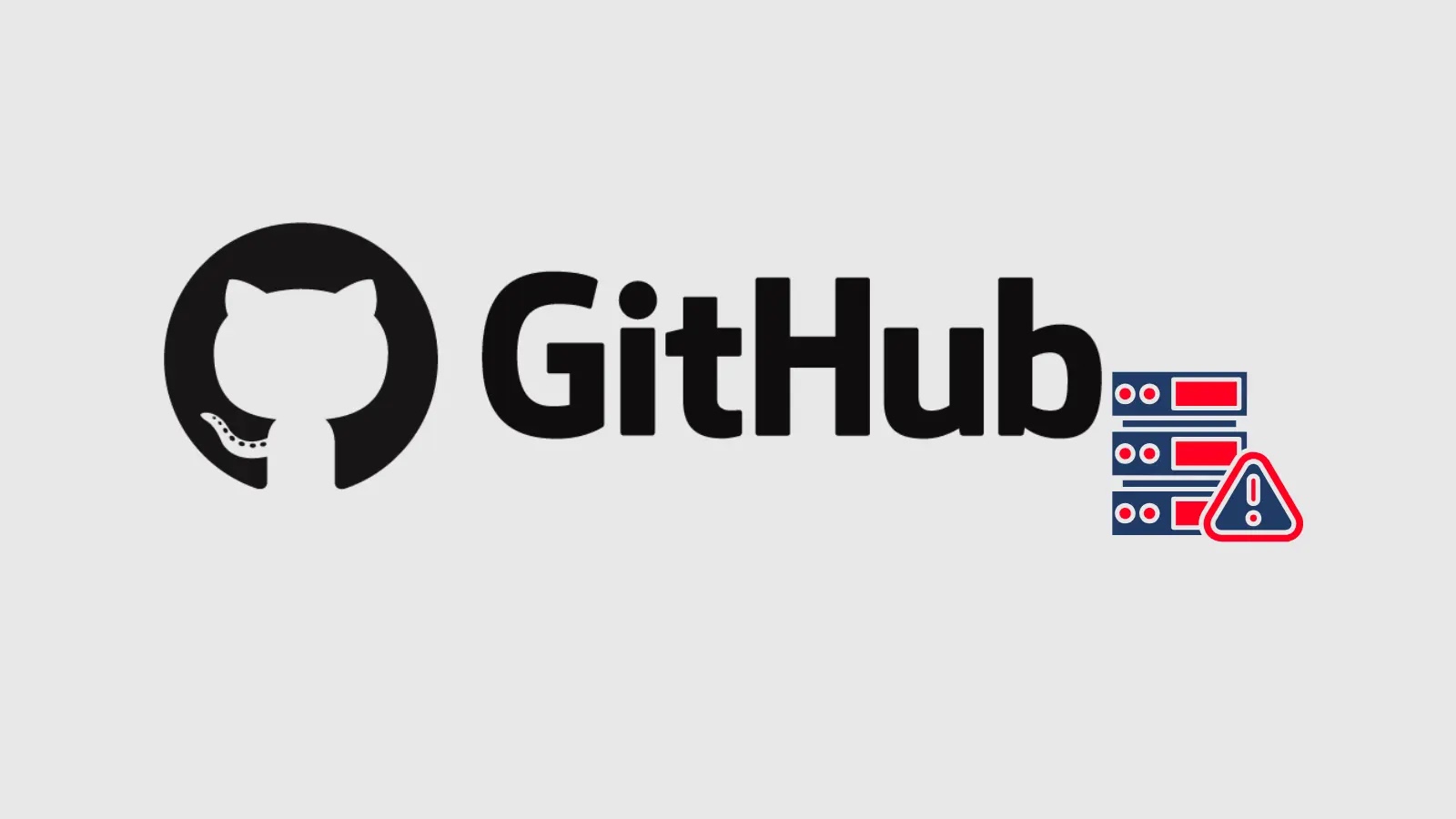
GitHub Outage Disrupts Core Services Globally for Users
The digital arteries of software development were momentarily severed on July 28, 2025, as GitHub, the ubiquitous platform integral to millions of developers and organizations, succumbed to a widespread outage. This incident, which crippled core functionalities such as API requests, issue tracking, and pull requests, served as a stark reminder of the inherent vulnerabilities within the cloud-based collaborative ecosystems we heavily depend on. When a service as foundational as GitHub falters, the ripple effect extends beyond mere inconvenience, impacting project timelines, deployment schedules, and global productivity. Understanding the nature of this disruption and its implications is paramount for any entity operating within the modern software landscape.
Understanding the GitHub Outage
The outage, which commenced around 10:40 PM UTC on July 28, 2025, rapidly escalated, affecting a significant portion of GitHub’s core services. Developers accustomed to seamless access found themselves unable to push code, track progress, or merge changes, effectively bringing many development pipelines to a grinding halt. The platform’s status page, a critical communication channel during such events, reflected the severity of the incident, indicating performance degradation and outright service unavailability across various functions.
This event underscores the intricate dependencies involved in large-scale cloud infrastructure. While the exact root cause has not been publicly detailed in the provided source, such outages often stem from a confluence of factors, including DNS issues, network routing problems, database failures, or large-scale infrastructure malfunctions. Regardless of the specific technical trigger, the impact was immediate and global, highlighting the concentrated risk associated with centralizing critical development resources.
Impact on Global Development and Organizations
The ramifications of a GitHub outage extend far beyond individual user frustration. For organizations, particularly those embracing DevOps and continuous integration/continuous delivery (CI/CD) pipelines, the disruption translated directly into stalled development, delayed releases, and potential financial losses. Development teams, reliant on GitHub for version control, collaborative coding, and project management, faced immediate productivity dips. This incident exemplifies the “single point of failure” risk when critical tools are concentrated.
- Disrupted Workflows: Developers couldn’t clone repositories, push commits, or manage branches.
- Stalled CI/CD Pipelines: Automated builds and deployments, deeply integrated with GitHub, failed to execute.
- Communication Breakdown: Issue tracking and pull request comment sections, vital for team collaboration, were inaccessible.
- Delayed Project Timelines: Critical development milestones were pushed back, impacting product launches and commitments.
The incident serves as a powerful case study for disaster recovery planning and supply chain resilience in the digital sphere. Organizations must critically assess their reliance on single-provider services and develop contingency plans to mitigate the impact of such widespread disruptions.
Remediation Actions and Preparedness
While an individual user cannot prevent a GitHub outage, organizations can implement strategies to minimize their exposure and accelerate recovery during similar events. Proactive measures are key to maintaining business continuity in the face of widespread cloud service disruptions.
- Diversify Critical Tooling: While GitHub is dominant, consider hosting critical repositories on multiple platforms or maintaining offline backups (e.g., local Git repositories) of core codebases. This isn’t about shunning GitHub but building redundancy.
- Implement Robust CI/CD Redundancy: Explore options for running CI/CD pipelines on different platforms or having alternative mechanisms to build and deploy applications even if the primary source code repository is temporarily inaccessible.
- Develop Strong Contingency Plans: Establish clear protocols for communication, task prioritization, and alternative workarounds during a major service outage. This includes identifying manual processes or temporary local development strategies.
- Regularly Back up Critical Data: Ensure that, where possible, non-Git related data (e.g., issue descriptions, wiki content) is backed up or can be recreated from internal documentation.
- Stay Informed During Outages: Continuously monitor the status pages of critical service providers (like GitHub Status) and subscribe to notifications to receive real-time updates.
- Educate Your Teams: Train development and operations teams on the contingency plans and alternative workflows to ensure a swift and coordinated response during an outage.
Understanding Cloud Resilience and Redundancy
The GitHub outage brings the concept of cloud resilience into sharp focus. While cloud providers meticulously design their infrastructure for high availability, inherent complexities and interdependencies mean that no system is entirely immune to failure. For users and organizations, understanding the shared responsibility model is crucial: the cloud provider handles the infrastructure, but the user is often responsible for how they utilize that infrastructure, including designing for redundancy at the application and data layer.
This incident underlines the importance of a multi-cloud or hybrid-cloud strategy for some organizations, not just for disaster recovery but also for workload distribution and avoiding vendor lock-in. While potentially more complex to manage, such architectures can offer greater resilience against single-provider failures.
The July 28, 2025, GitHub outage was a significant event, highlighting the fragile interconnectedness of modern software development infrastructure. It served as a potent call to action for organizations to re-evaluate their reliance on centralized cloud services and to invest in robust contingency planning. While the digital world offers unparalleled collaboration and efficiency, it also demands vigilance and preparedness against the inevitable disruptions that will occur. Building resilience, diversifying crucial dependencies, and having clear recovery protocols are not just best practices; they are essential survival strategies in today’s cloud-dependent ecosystem.





